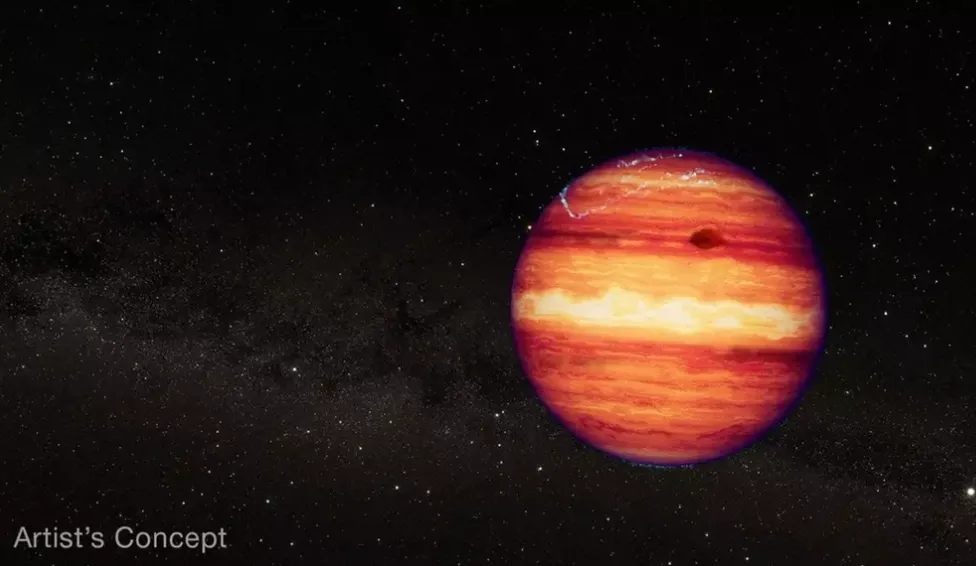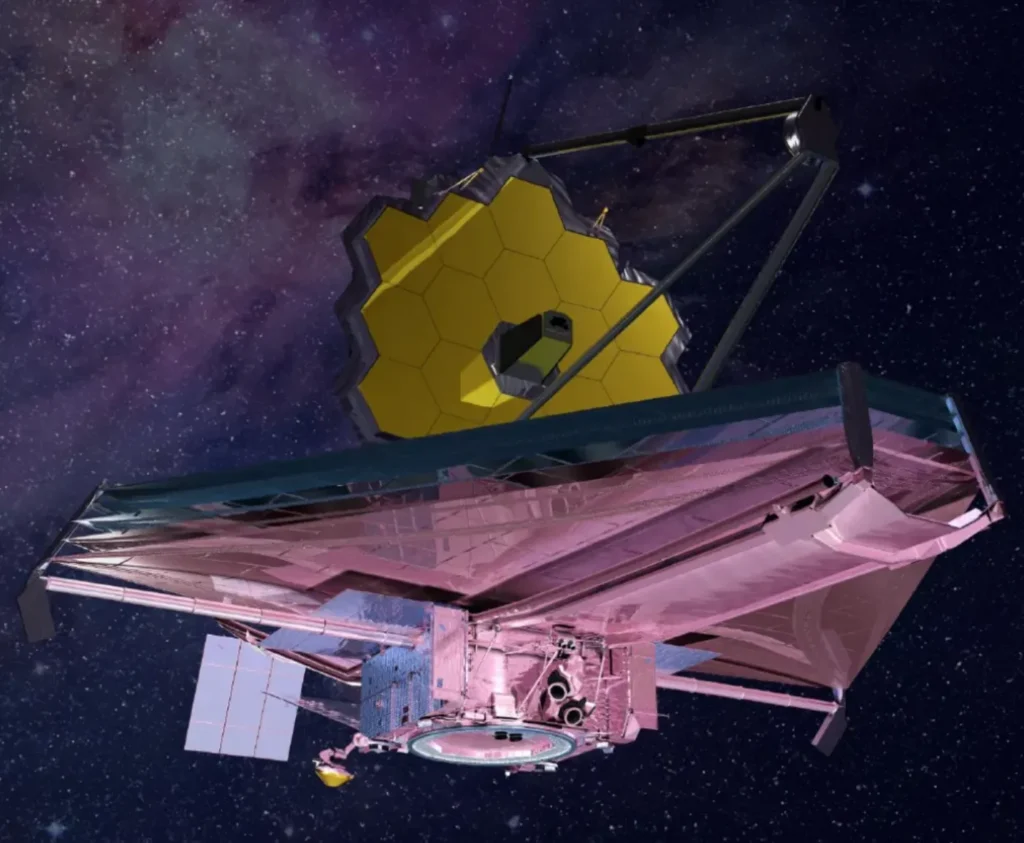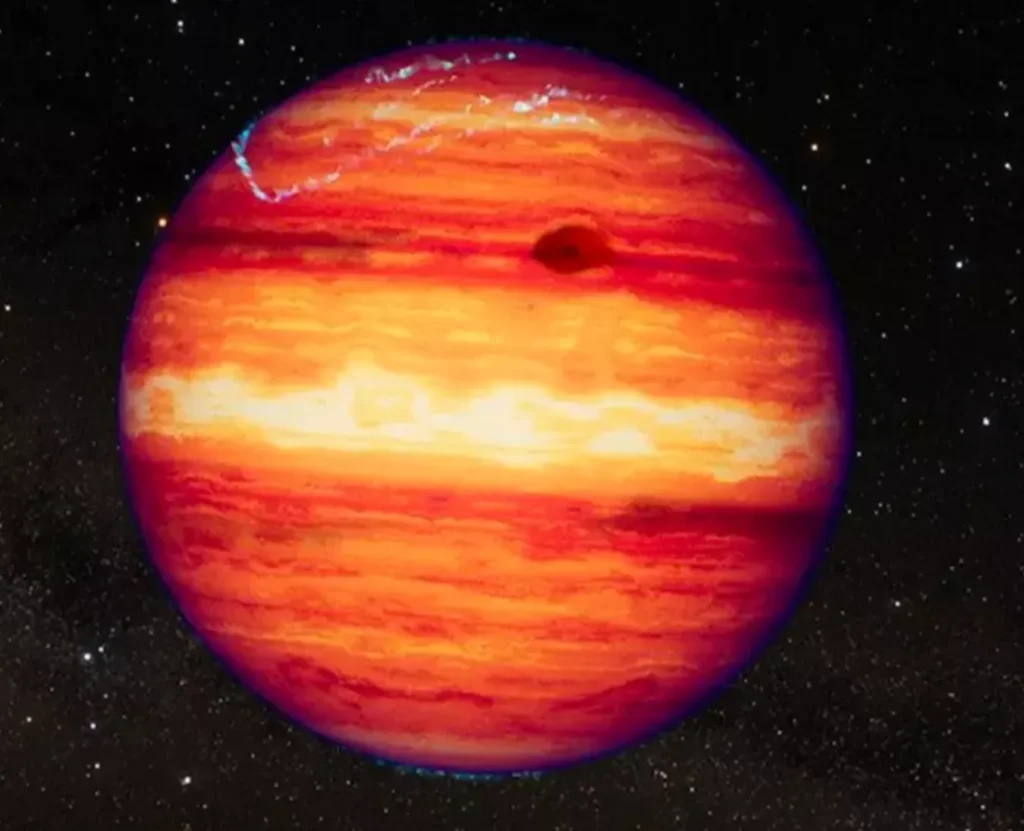The secluded floating object in interstellar space has puzzled astronomers through its unusual brightness patterns and unusual conduct.
SIMP 0136 has earned its formal designation as SIMP J01365663+0933473 but scientists commonly refer to it as SIMP 0136. This planetary body exists unaccompanied outside the orbit of any cosmic star.
The celestial object which exists at 20 light-years from Earth lies within Pisces constellation and scientists estimate it to be 13 times more massive than Jupiter.
As an independent space explorer the object functions as an exceptional research subject that facilitates planetary weather study.

Scientists can examine SIMP 0136 without disturbances from gravitational forces or light interference since it exists away from any stellar system.
Researchers benefit from the direct observation of atmospheric changes on SIMP 0136 because this object rotates quickly with a single rotation cycle of 2.4 hours duration.
Scientists at NASA observed this object initially with ground-based telescopes and both Hubble and Spitzer space telescopes in the past.
JWST is delivering the most detailed atmospheric observations of SIMP 0136 because of its sophisticated imaging capabilities.

Scientists used Webb’s Near-Infrared Spectrograph (NIRSpec) and Mid-Infrared Instrument (MIRI) to monitor vanishing and appearing atmospheric features on the fast-rotating object.
Lead researcher Allison McCarthy from Boston University detailed that SIMP 0136 displayed inconsistent light changes which researchers had documented since its discovery.
“We were confident that there are patchy cloud layers that rotate in and out of view and evolve over time,” she said.
Scientists obtained unexpected profound new information through these recent observations which demonstrated that atmospheric penetration occurs at different depths according to wavelength.

“We started to realize that the wavelengths that had the most similar light-curve shapes also probed the same depths,” McCarthy added.
Johanna Vos, principal investigator from Trinity College Dublin, described the Webb data as “incredible,” saying it gave them a complete spectrum over time.
Webb’s observation showed appearance of clouds which contained iron particles along with silicate grains that are normally absent in normal planetary atmospheres.
The measurements using particular wavelengths uncovered brilliant hot areas which indicated Novel atmospheric phenomena occurring at tremendous heights.
The scientists who studied the data noticed an unexpected discovery which showed amazing potential.

The detection of aurora-like spectral patterns in SIMP 0136 supports its northern lights behavior although it exists without a nearby star.
Research indicates that the unusual magnetic field of SIMP 0136 exceeds Jupiter’s magnetic strength as it generates its own energy.
The finding leads to multiple unanswered questions about how planetary atmospheres together with magnetic activities work outside traditional star systems.
Scientists now believe this roving planet offers the potential to study distant world atmospheric phenomena since it has no host star.
Feature Image Credit: (NASA)
